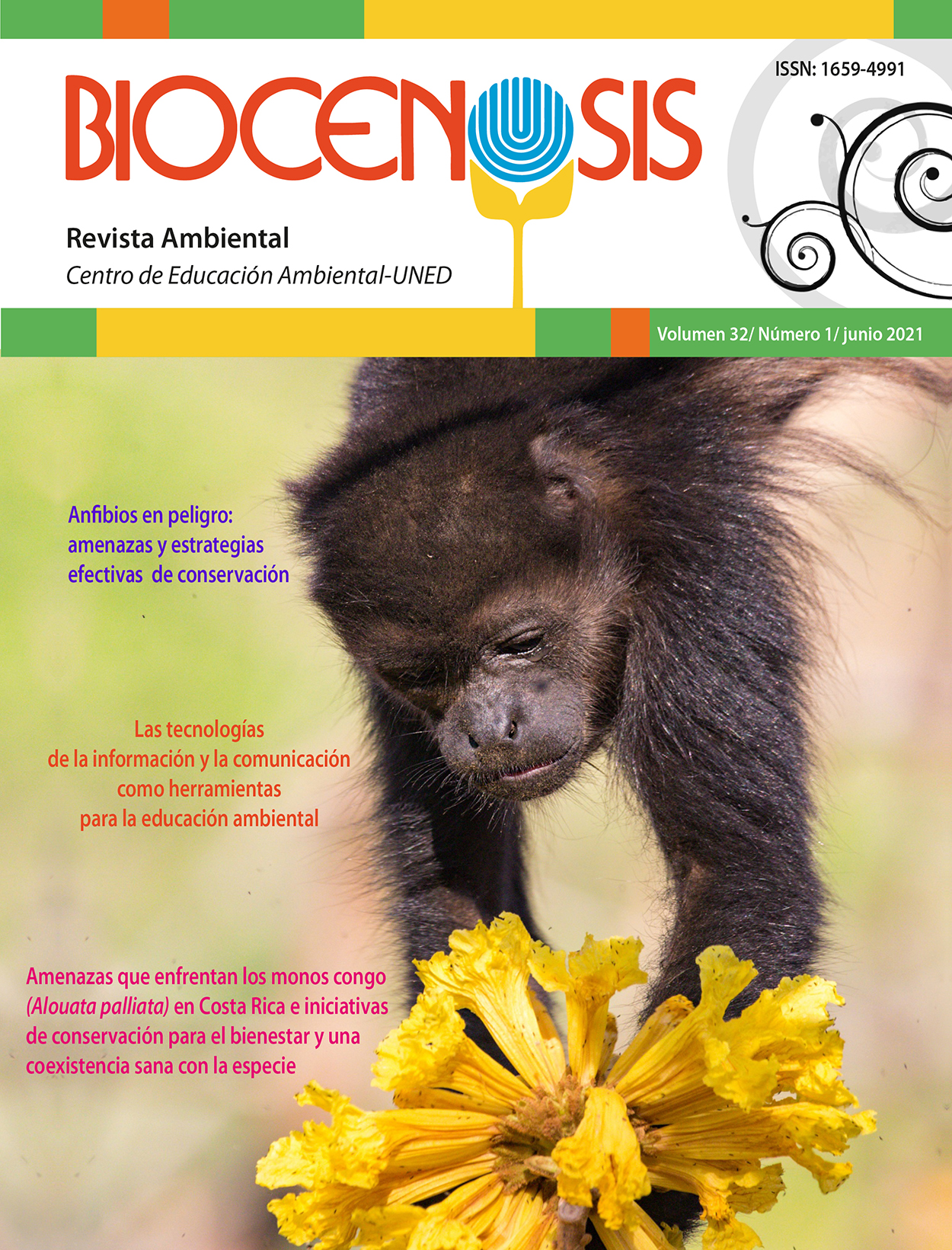Geospatial data collection with the Input Application for solid waste management, Upala, Costa Rica
DOI:
https://doi.org/10.22458/rb.v32i1.3547Abstract
Abstract: This article presents the results of a geospatial information survey that was carried out in the districts of Canalete and Bijagua, specifically in the communities of Santa Cecilia, Las Brisas, Las Milpas, Armenias, San Isidro de Aguas Claras, Río Negro, La Torre and Guayabal, using the Input application. Such communities do not have a solid waste collection service that allows residents to properly manage their waste, since, as it is currently the case, people must burn solid waste or bury it. The main objective of the survey was to determine the number of users, their income and defaulting percentage in order to set up an expansion plan for the solid waste collection service. By collecting geospatial data using the QGIS geographic information system and the Input mobile phone application, a form was created, and field information was quickly registered and synchronized to an available computer at the Upala City Hall.
Published
How to Cite
Issue
Section
License
Copyright (c) 2021 Biocenosis

This work is licensed under a Creative Commons Attribution-NonCommercial 4.0 International License.
